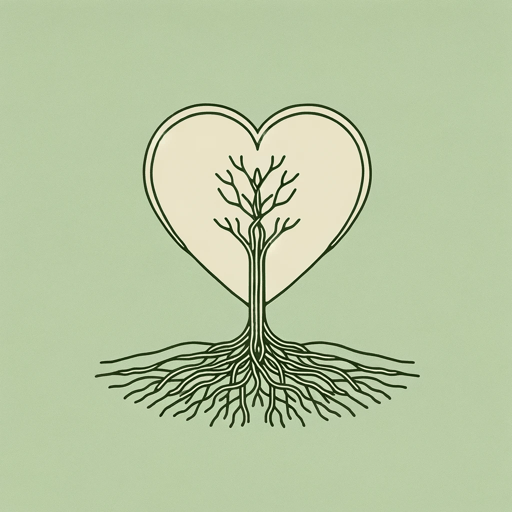47 pages • 1 hour read
Resmaa MenakemMy Grandmother’s Hands: Racialized Trauma and the Pathway to Mending Our Hearts
Nonfiction | Book | Adult | Published in 2017A modern alternative to SparkNotes and CliffsNotes, SuperSummary offers high-quality Study Guides with detailed chapter summaries and analysis of major themes, characters, and more.
Part 1, Chapters 1-9Chapter Summaries & Analyses
Part 1: “Unarmed and Dismembered”
Chapter 1 Summary: “Your Body and Blood”
In a flashback, Menakem watches television with his grandmother while rubbing her calloused hands. She explains that picking cotton starting at the age of four caused the damage.
In the book’s present, Menakem suggests that society has failed to end racism because it has focused on the mind, not the body. Psychobiology reveals that strong human emotions, such as love, hope, and fear, activate the vagus nerve, a complex brain system that Menakem redubs the “soul nerve.” The soul nerve connects directly to a part of the brain that does not use cognition or reasoning as its primary tool to navigate the world. This part of the brain is primeval and can only issue survival commands like freeze, fight, flee, and rest. White supremacy operates in the entire body, but most powerfully in this lizard part of the brain, which determines what is dangerous and safe.
Trauma is complex and intense. It can result from a single, serious incident or from a series of smaller wounds. Traumatic retention refers to trauma that is passed down over generations. Many Black people experience racial trauma personally and by proxy because of their history of enslavement and subjugation.

